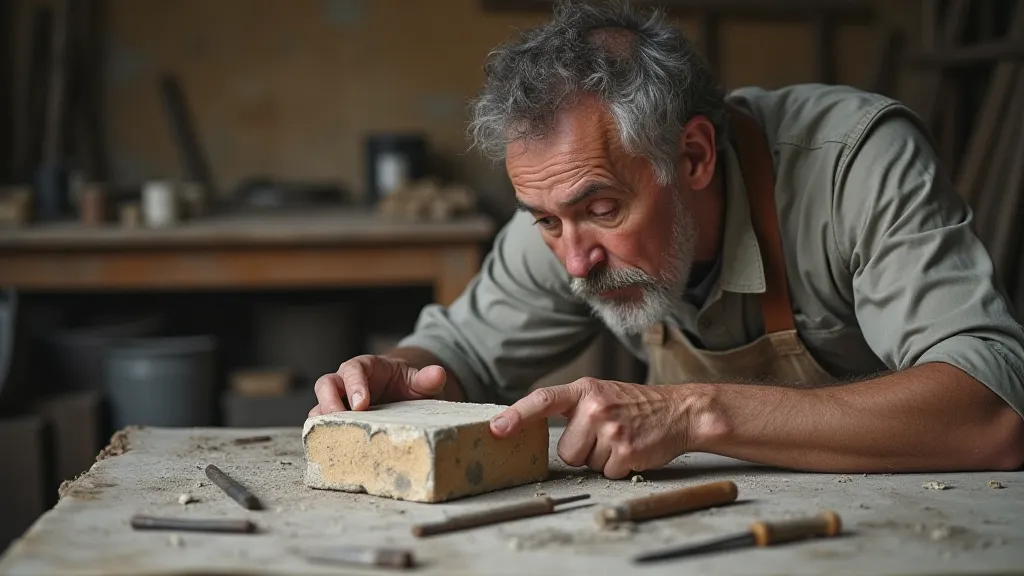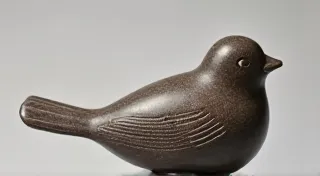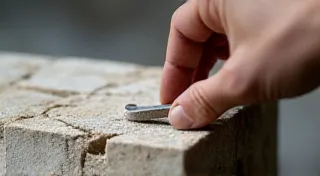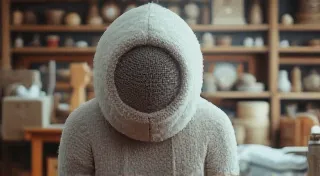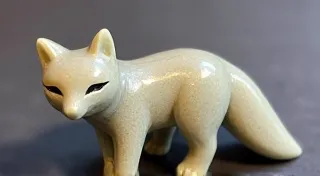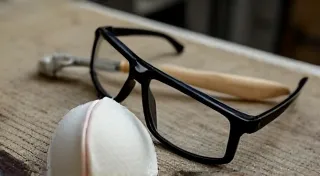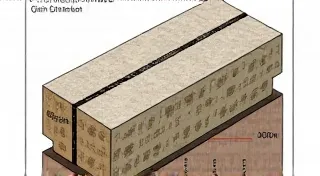Troubleshooting Common Stone Carving Problems
Stone carving, a craft as old as civilization itself, is incredibly rewarding. The ability to transform a rough, unyielding block of stone into a beautiful and enduring piece of art is truly satisfying. However, the path to mastery isn't always smooth. Even experienced stone carvers encounter problems. This article delves into common issues faced during stone carving – from frustrating chips and cracks to uneven surfaces – and offers practical solutions to help you overcome them and refine your skills. Understanding these potential pitfalls and learning how to address them is crucial for creating successful and beautiful stone sculptures.
Understanding Stone and Its Behavior
Before we dive into specific problems, it's vital to appreciate that different stones behave differently. Limestone, sandstone, marble, soapstone, and granite – each has unique properties influencing how it carves. Limestone and sandstone, being softer, are more prone to chipping and dust. Marble, while beautiful and relatively easy to carve, can be brittle. Granite, notoriously hard, demands a different approach entirely. Knowing your stone is the first step in troubleshooting any issue.
Factors beyond the stone's type also play a role. Moisture content, grain structure, and even the presence of impurities can significantly impact its carving characteristics. Generally, drier stone tends to be more brittle and prone to cracking, while moister stone can be more workable but also more susceptible to crumbling.
Problem 1: Chipping - The Persistent Nuisance
Chipping, the small-scale breaking away of stone, is arguably the most common frustration for stone carvers, especially beginners. It's almost inevitable, but the frequency and severity can be minimized.
Causes of Chipping:
- Impact Force: Hitting the stone too hard, particularly with a chisel, is the primary culprit.
- Incorrect Chisel Angle: Using the chisel at a shallow or incorrect angle can cause it to glance off the stone, causing chips.
- Dull Chisel: A dull chisel requires more force and is more likely to cause chipping.
- Stone Grain Direction: Carving *against* the grain of the stone almost always leads to chipping.
- Stone Type: Softer stones like limestone and sandstone are inherently more prone to chipping.
Solutions to Chipping:
- Control Your Force: Learn to use a lighter touch. Let the weight of the chisel and mallet do the work, rather than brute force.
- Correct Chisel Angle: Aim for a consistent, slightly angled approach (usually around 20-30 degrees) to ensure the chisel bites cleanly.
- Sharpen Your Chisels: Sharp chisels are essential. Regularly sharpen your chisels to maintain their cutting edge.
- Observe the Grain: Take the time to study the stone's grain and carve *with* it as much as possible. It's not always possible, but awareness is key.
- Use a Pointing Chisel: For detail work and areas prone to chipping, a pointing chisel (a small chisel with a pointed end) can be more controlled.
- Use a “Push” Technique: Sometimes, instead of hitting the chisel, you can push it into the stone. This is useful with softer stone.
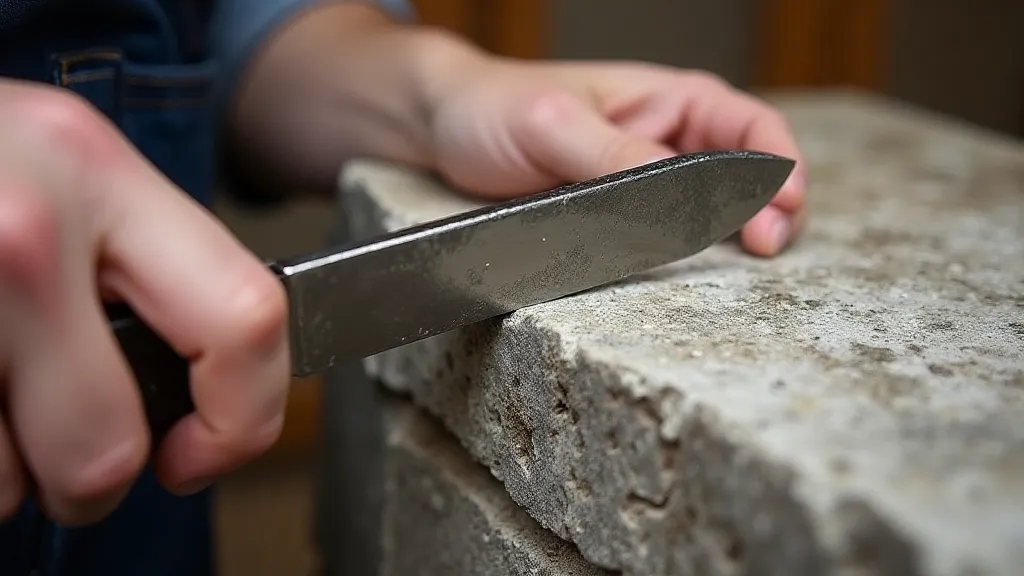
Problem 2: Cracking – The Serious Concern
Cracking is a more serious issue than chipping, potentially rendering a sculpture unusable. It's caused by stress fractures within the stone. While sometimes unavoidable, preventative measures are crucial.
Causes of Cracking:
- Uneven Cooling/Heating: Rapid temperature changes can cause stress, leading to cracks. This is particularly problematic when working outdoors on hot days.
- Internal Stress: Stones can have existing internal stresses from geological formations.
- Insufficient Support: If the sculpture isn’t adequately supported during carving, the weight can cause stress and cracking.
- Incorrect Tooling: Using inappropriate tools or techniques can put excessive stress on the stone.
- Moisture Content: Stones that are too dry can be brittle and crack easily.
Solutions to Cracking:
- Acclimatize the Stone: Allow the stone to acclimatize to the working environment before starting. This means allowing it to sit in the same temperature and humidity for several days.
- Control Temperature: Avoid working in direct sunlight on very hot days. Consider working under shade or using a fine mist of water to cool the stone.
- Provide Support: Ensure the sculpture is adequately supported throughout the carving process. Use sawhorses, clamps, or other supports to prevent stress.
- Gradual Removal of Material: Remove material in gradual stages, avoiding large, sudden cuts.
- Moisturize Dry Stone: If working with very dry stone, consider lightly misting it with water (but be careful – excessive moisture can also cause problems).
- Work with the Grain: Just as with chipping, working *with* the grain minimizes stress.
Problem 3: Uneven Surfaces – The Aesthetic Challenge
Uneven surfaces detract from the overall aesthetic quality of a stone carving. They can be caused by a variety of factors, from inconsistent chisel strikes to variations in stone density.
Causes of Uneven Surfaces:
- Inconsistent Chisel Strikes: Uneven pressure or incorrect chisel angles can result in uneven cuts.
- Variations in Stone Density: Stone isn't homogenous; it can have areas of varying density.
- Tool Condition: A dull chisel will leave inconsistent marks.
- Lack of Planning: Carving without a clear plan can lead to unevenness.
Solutions to Uneven Surfaces:
- Consistent Technique: Focus on maintaining consistent pressure and chisel angle with each strike.
- Observe the Stone: Carefully examine the stone’s surface to identify areas of varying density. Adjust your technique accordingly.
- Use a Surform or Rasps: After initial carving, use a Surform (a type of rasp with a large number of teeth) or rasps to smooth out inconsistencies.
- Fine Sanding (Optional): Some stone carvers use fine-grit sandpaper to achieve an incredibly smooth surface, but this is more common with harder stones like marble.
- Planning and Layout: A well-thought-out plan and accurate layout will minimize unevenness from the beginning.
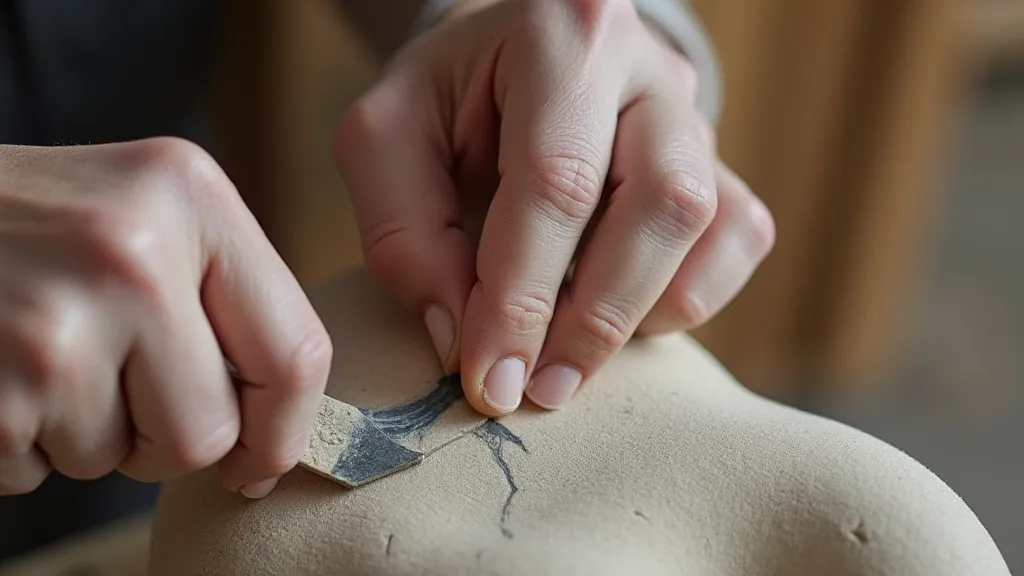
Beyond the Basics – Seeking Further Help
Stone carving is a journey of learning and experimentation. Don't be discouraged by problems; view them as opportunities to refine your skills. Joining a local stone carving club or taking workshops with experienced carvers can provide invaluable advice and guidance. Always remember that patience and observation are your greatest assets.
